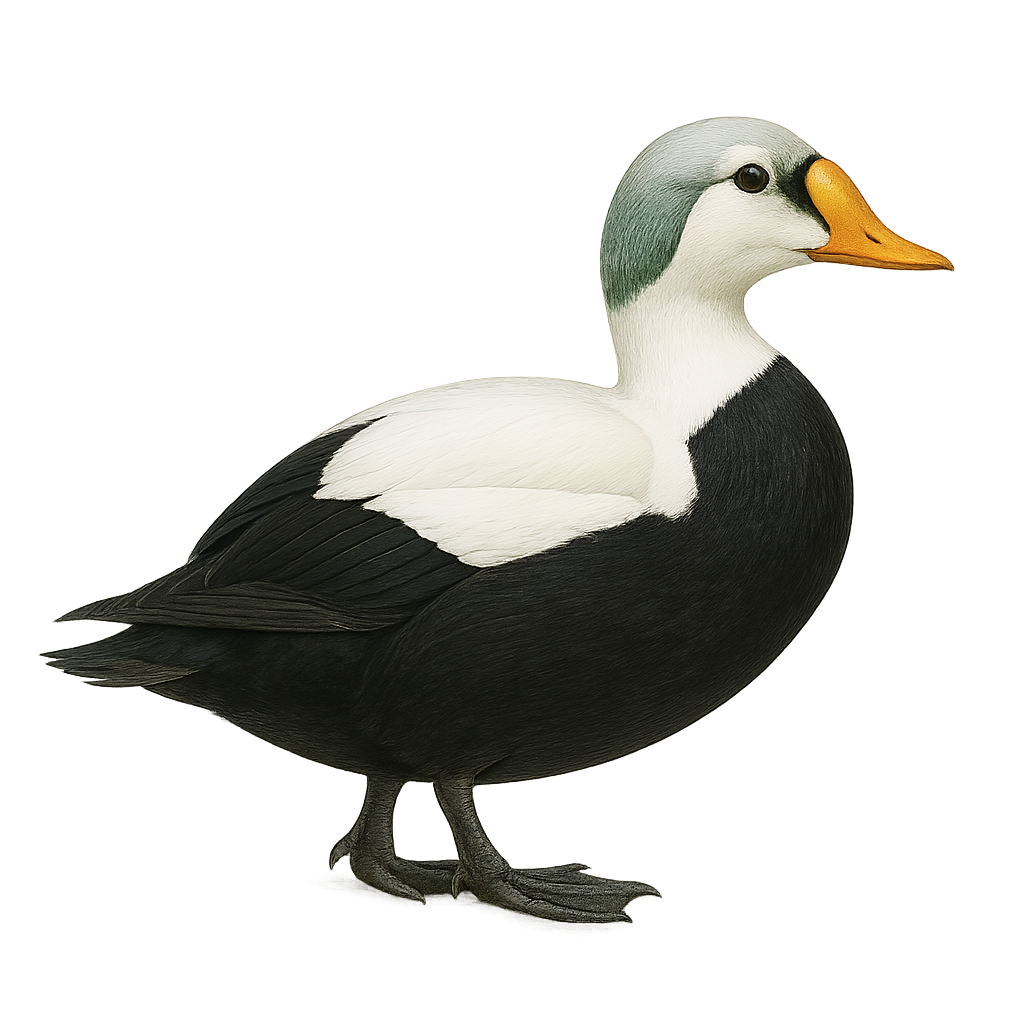Your wildlife photography guide.
Explore the spectacled eider in detail, study its behavior, prepare your shots.
Where to observe and photograph the spectacled eider in the wild
Learn where and when to spot the spectacled eider in the wild, how to identify the species based on distinctive features, and what natural environments it inhabits. The WildlifePhotographer app offers tailored photography tips that reflect the spectacled eider’s behavior, helping you capture better wildlife images. Explore the full species profile for key information including description, habitat, active periods, and approach techniques.
Spectacled Eider
Scientific name: Somateria fischeri

IUCN Status: Near Threatened
Family: ANATIDAE
Group: Birds
Sensitivity to human approach: Suspicious
Minimum approach distance: 30 m
Courtship display: May to July
Incubation: 24-26 jours
Hatchings: June to August
Habitat:
Coastal areas, estuaries, lagoons
Activity period :
Primarily active during the day, with peak activity in the morning and late afternoon.
Identification and description:
The Spectacled Eider (Somateria fischeri) is a striking sea duck found in Arctic regions, especially along the coasts of Alaska and eastern Siberia. This medium-sized duck is named for the distinctive black "spectacle" markings around the male's eyes, set against a pale cream head, with a greenish nape and bright orange bill. The female is more subdued in appearance, with a uniform brown plumage that blends well into coastal surroundings. Spectacled Eiders are typically seen in small groups, diving in shallow waters for mollusks, crustaceans, and sea urchins. Though rare and considered vulnerable, this unique bird captivates those lucky enough to spot it in the wild.
Recommended lens:
400mm – adjust based on distance, desired framing (portrait or habitat), and approach conditions.
Photography tips:
To photograph the Spectacled Eider, it is advisable to use a telephoto lens of at least 400mm to capture detailed images without disturbing the bird. Opt for early morning or late afternoon hours to take advantage of soft, flattering light. Be patient and discreet, approaching slowly to avoid startling the bird. Taking photos from a hide or a boat can also provide good opportunities to observe and photograph these sea ducks in their natural habitat.
The WildlifePhotographer App is coming soon!
Be the first to explore the best nature spots, track rutting seasons, log your observations, and observe more wildlife.
Already 1 439 wildlife lovers subscribed worldwide

